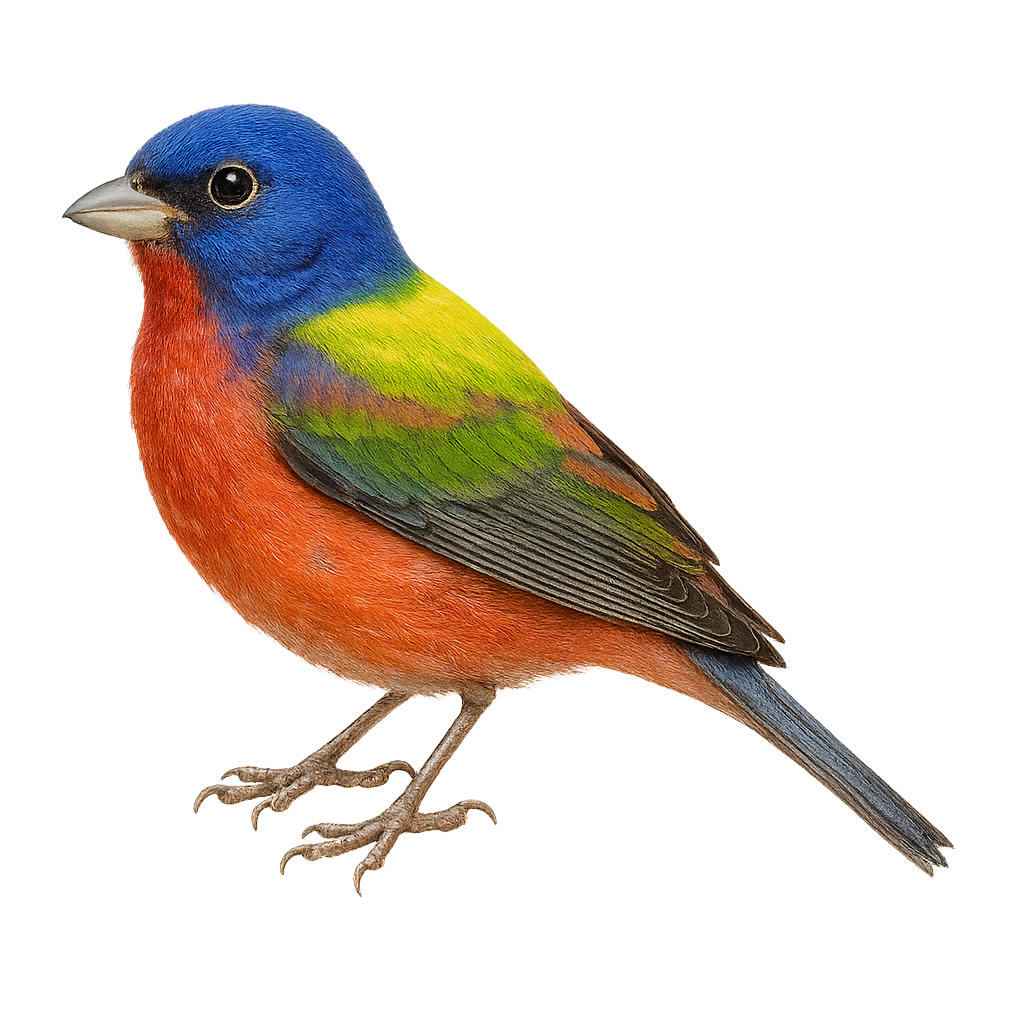Your wildlife photography guide.
Explore the painted bunting in detail, study its behavior, prepare your shots.
Where to observe and photograph the painted bunting in the wild
Learn where and when to spot the painted bunting in the wild, how to identify the species based on distinctive features, and what natural environments it inhabits. The WildlifePhotographer app offers tailored photography tips that reflect the painted bunting’s behavior, helping you capture better wildlife images. Explore the full species profile for key information including description, habitat, active periods, and approach techniques.
Painted Bunting
Scientific name: Passerina ciris

IUCN Status: Least Concern
Family: CARDINALIDAE
Group: Birds
Sensitivity to human approach: Not very shy
Minimum approach distance: 5 m
Courtship display: May to June
Incubation: 12-14 jours
Hatchings: May to July
Habitat:
open woodlands, thickets, shrub areas
Activity period :
Primarily active during the day, with peak activity in the morning and late afternoon.
Identification and description:
The Painted Bunting is a small bird known for its vibrant plumage, primarily inhabiting the southern United States and parts of Mexico. Males display bright colors with a blue head, green back, and red belly, while females and juveniles are more subdued in olive green. These birds prefer habitats such as open woodlands, thickets, and shrub areas. They are often seen feeding on seeds and insects. Although they are relatively not very shy, they can be challenging to spot due to their discreet behavior and preference for dense habitats. Their melodious song is often the first clue to their presence.
Recommended lens:
400 mm – adjust based on distance, desired framing (portrait or habitat), and approach conditions.
Photography tips:
To photograph the Painted Bunting, it is advisable to use a 400mm lens or longer to capture the details of its colorful plumage without disturbing it. Look for areas where bushes and trees are dense, as these birds like to hide in vegetation. Be patient and listen for their distinctive song to locate their position. Morning or late afternoon light is ideal for bringing out the bright colors of their plumage.
The WildlifePhotographer App is coming soon!
Be the first to explore the best nature spots, track rutting seasons, log your observations, and observe more wildlife.
Already 1 431 wildlife lovers subscribed worldwide

